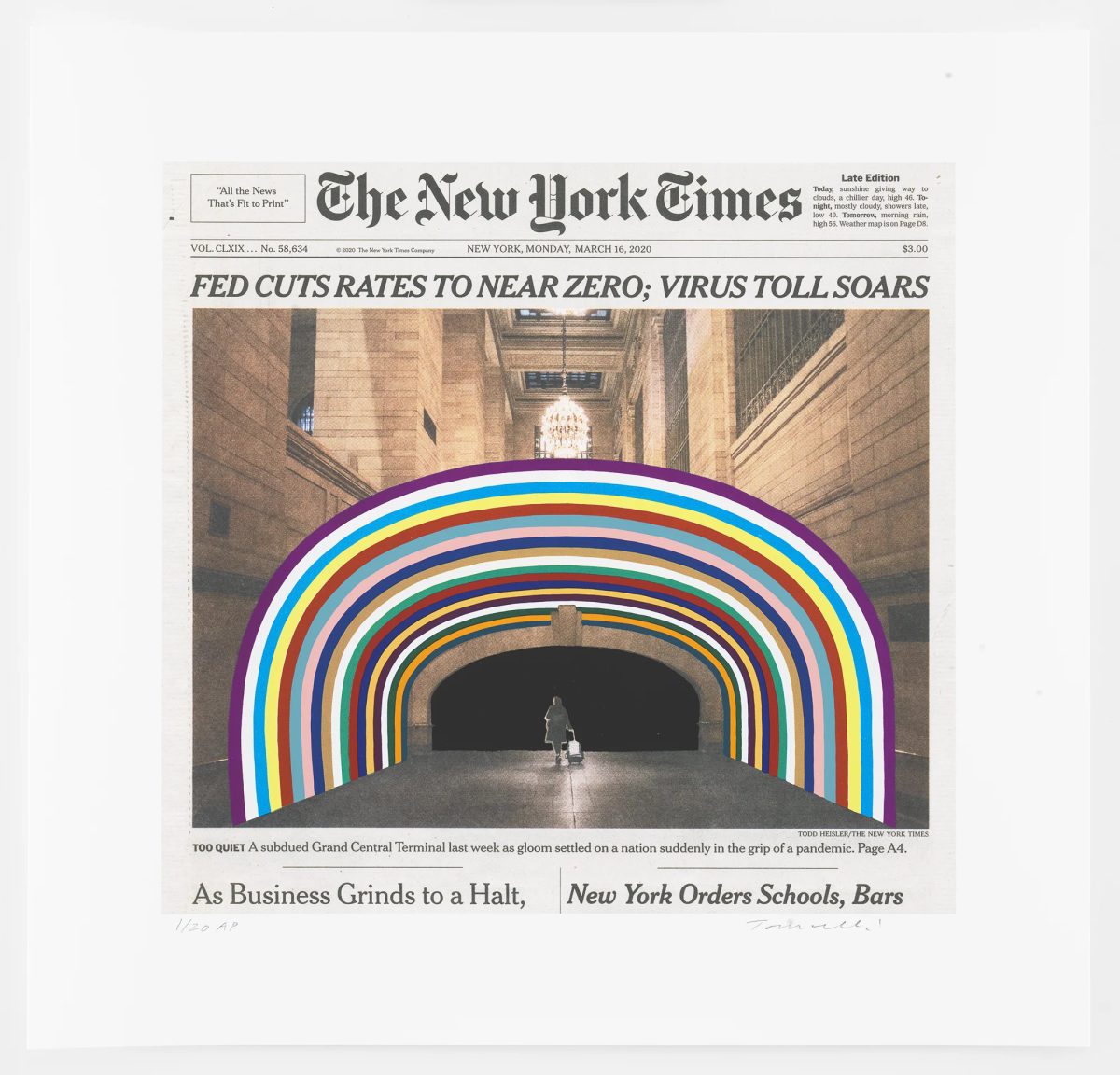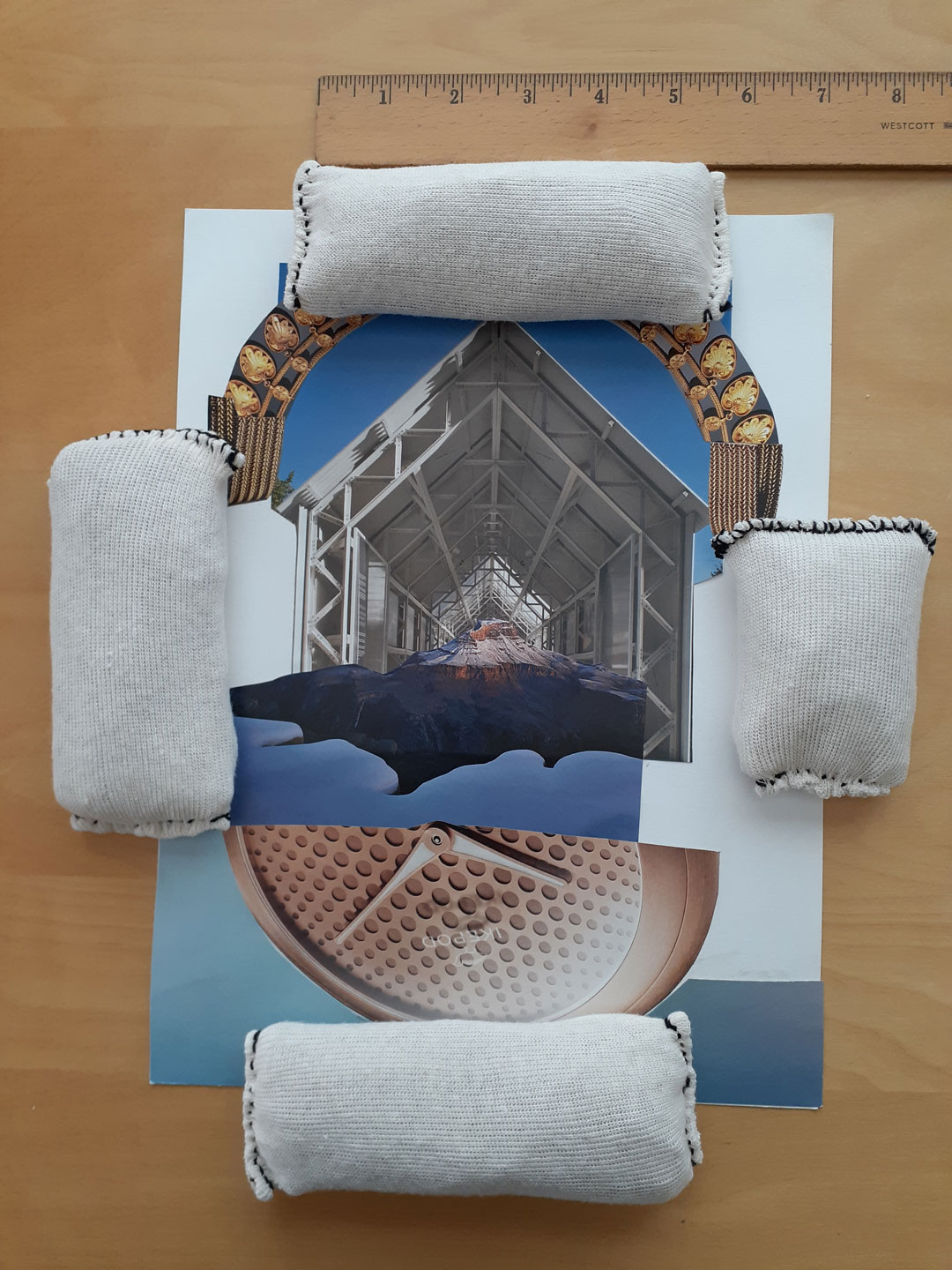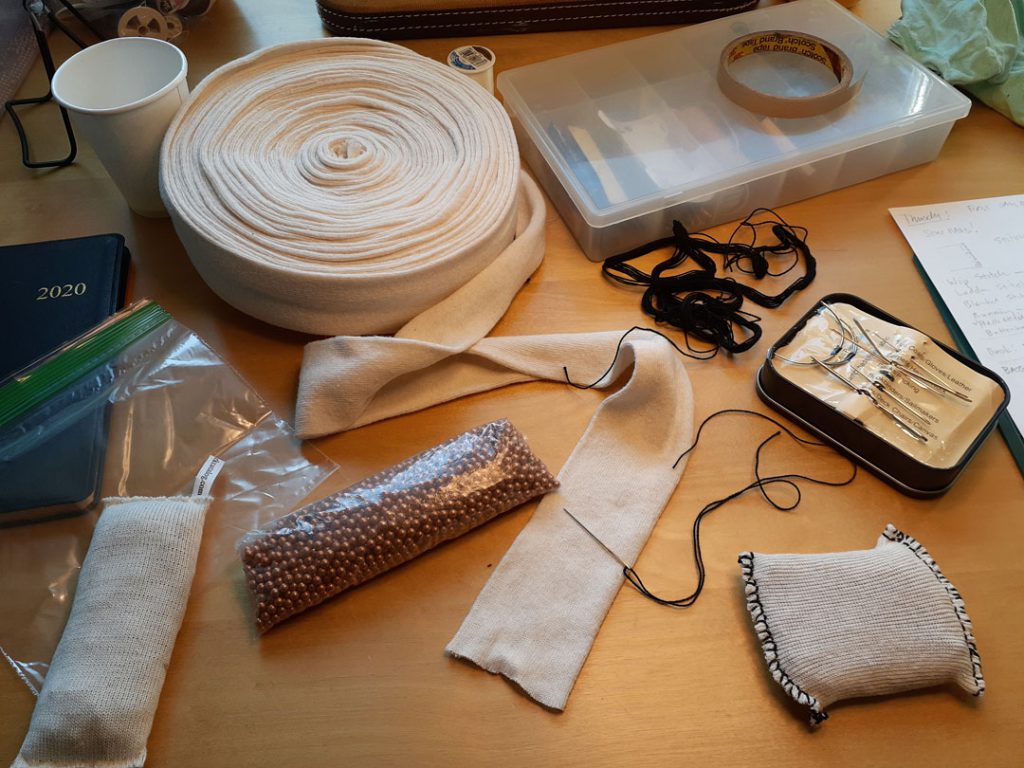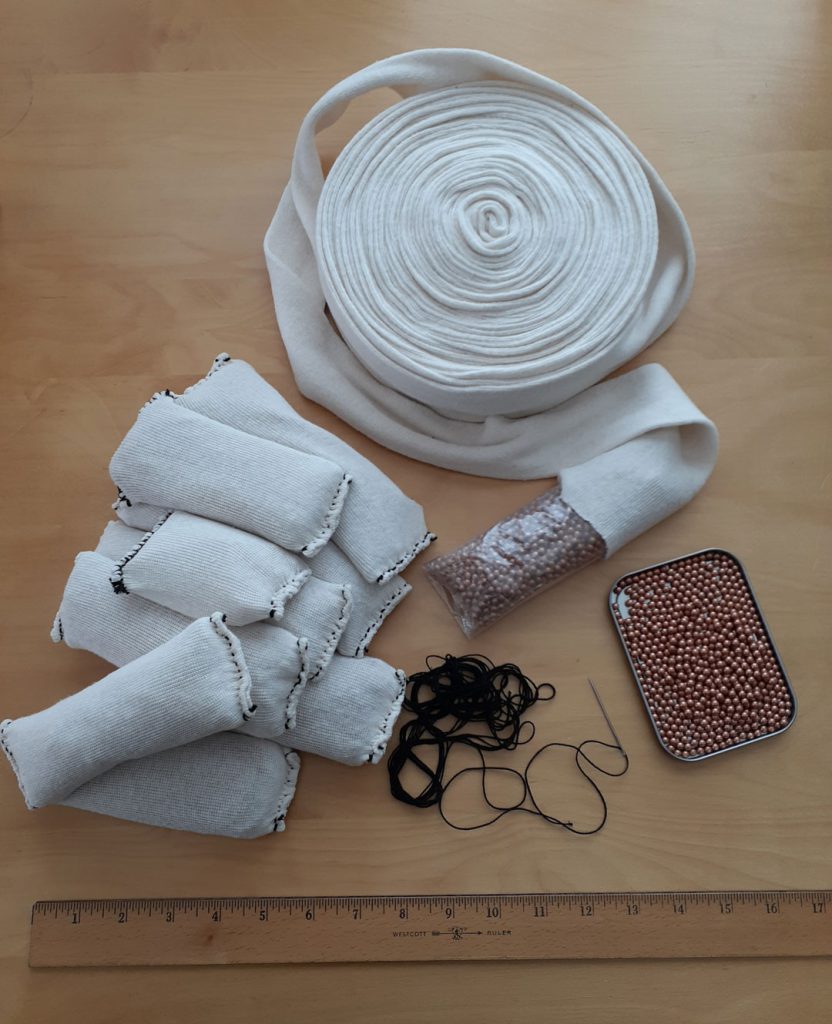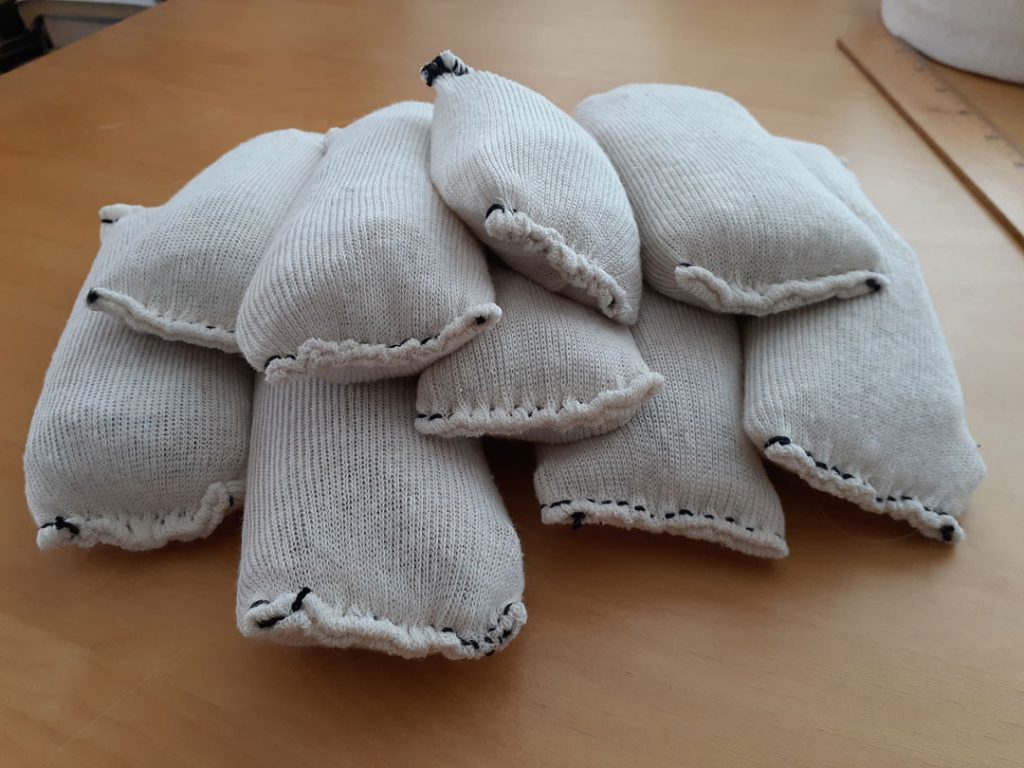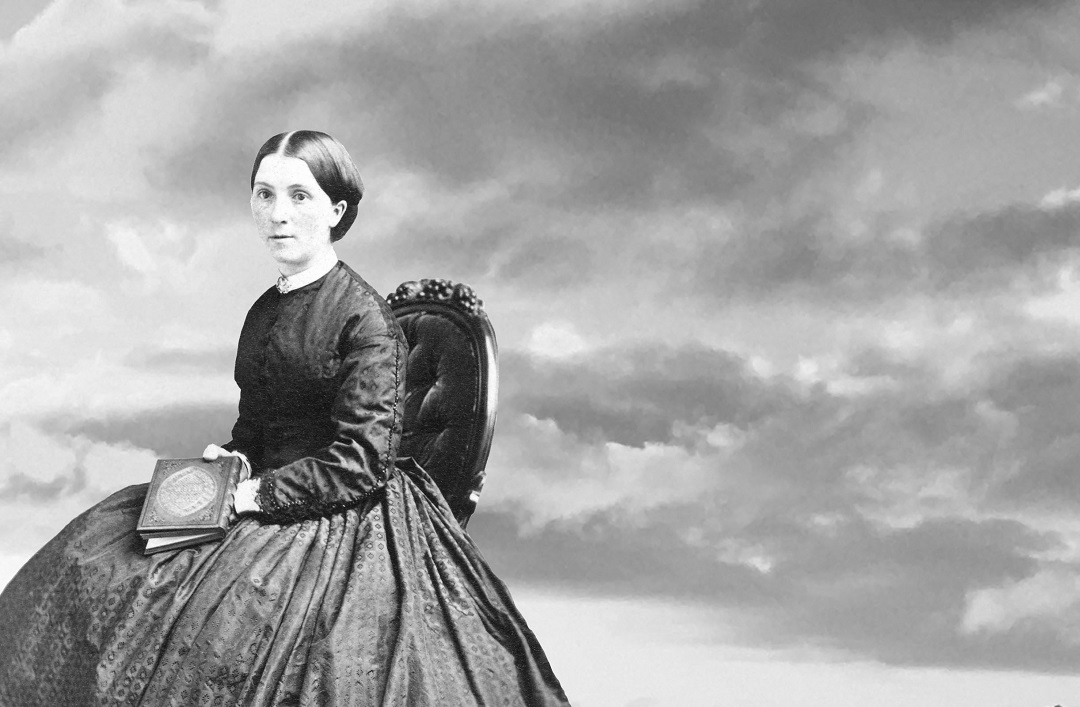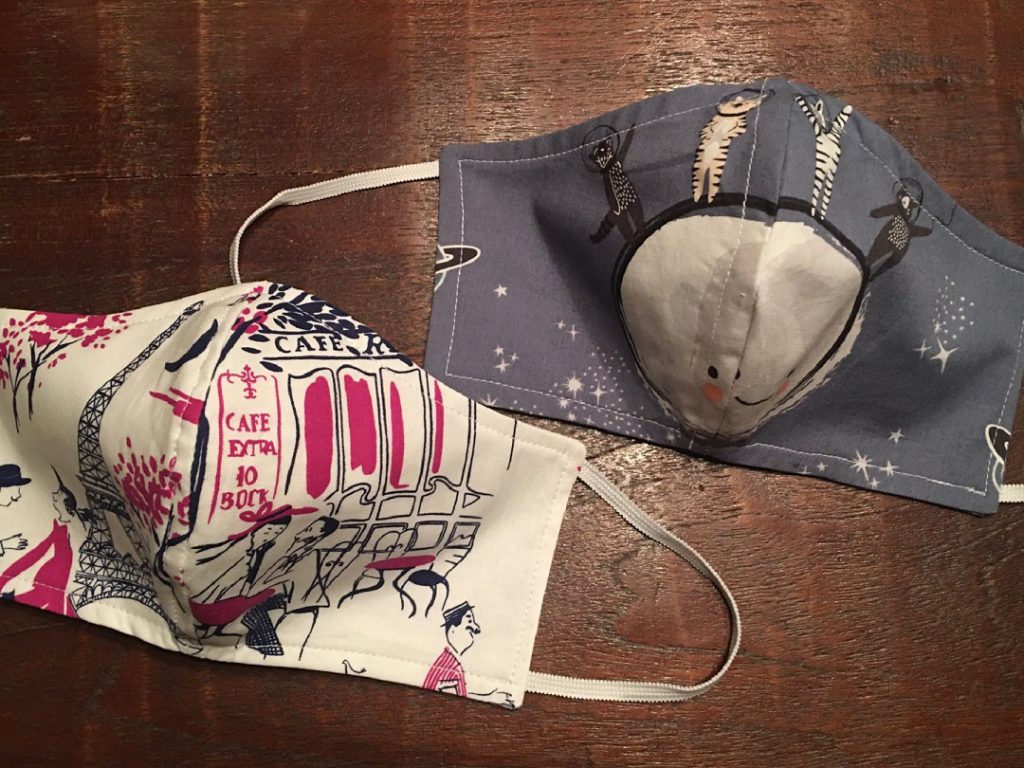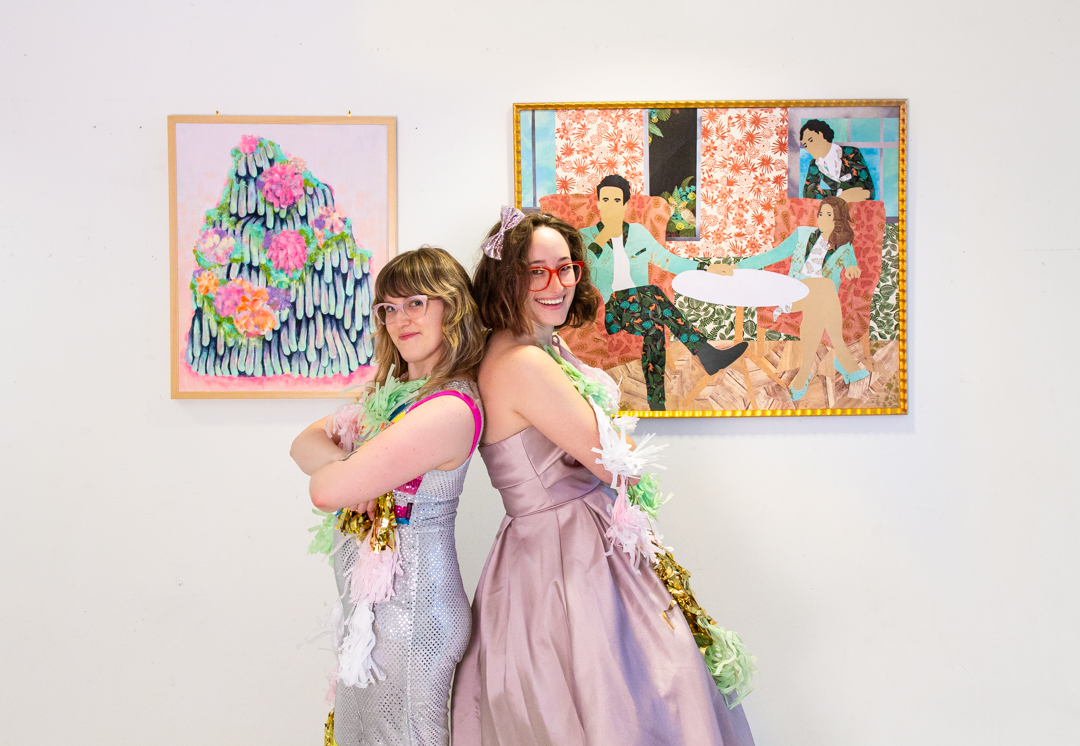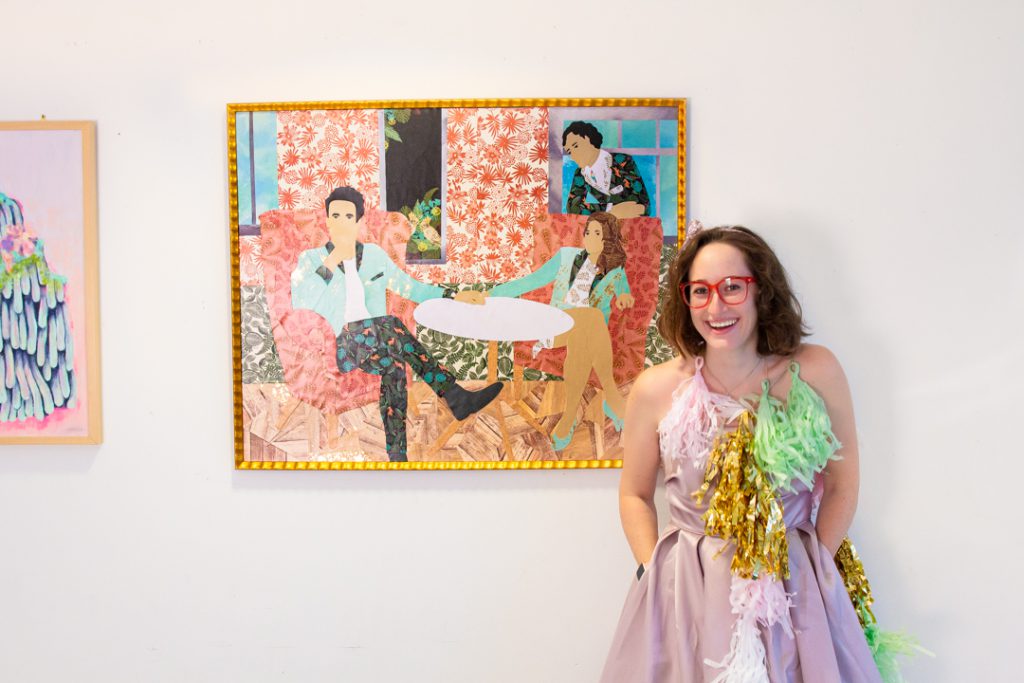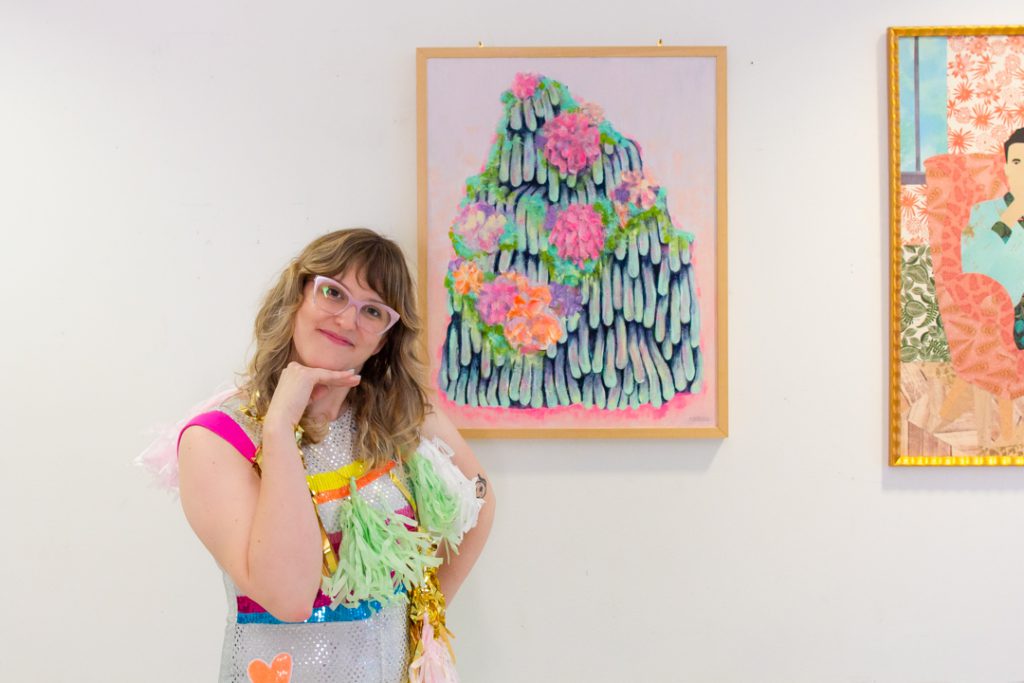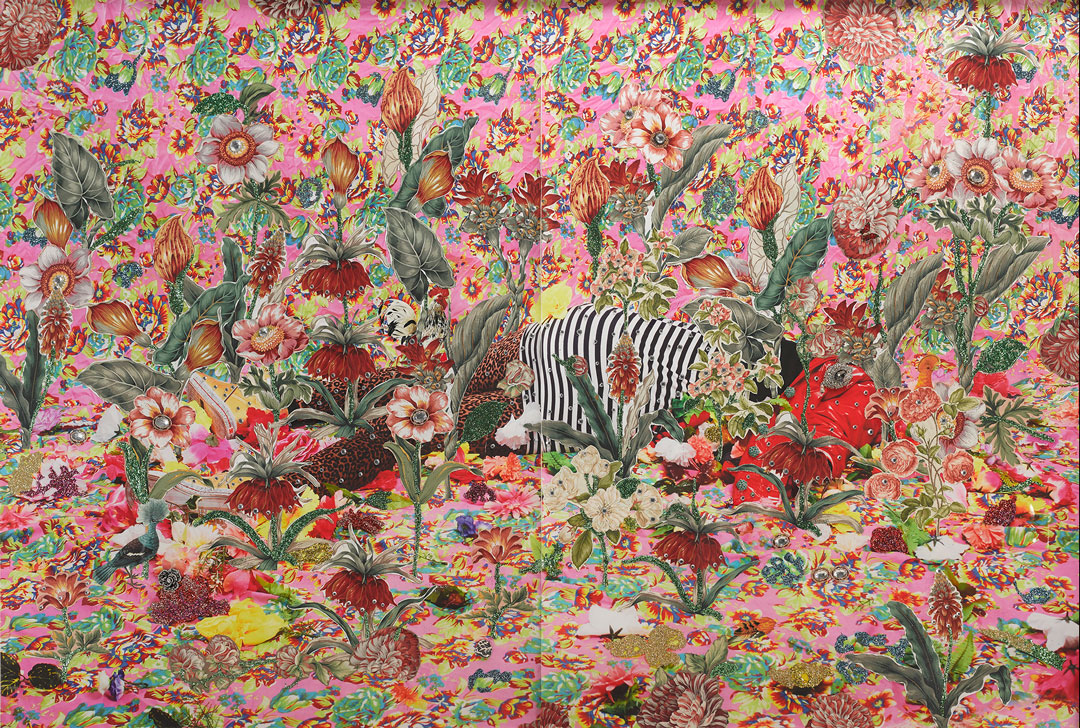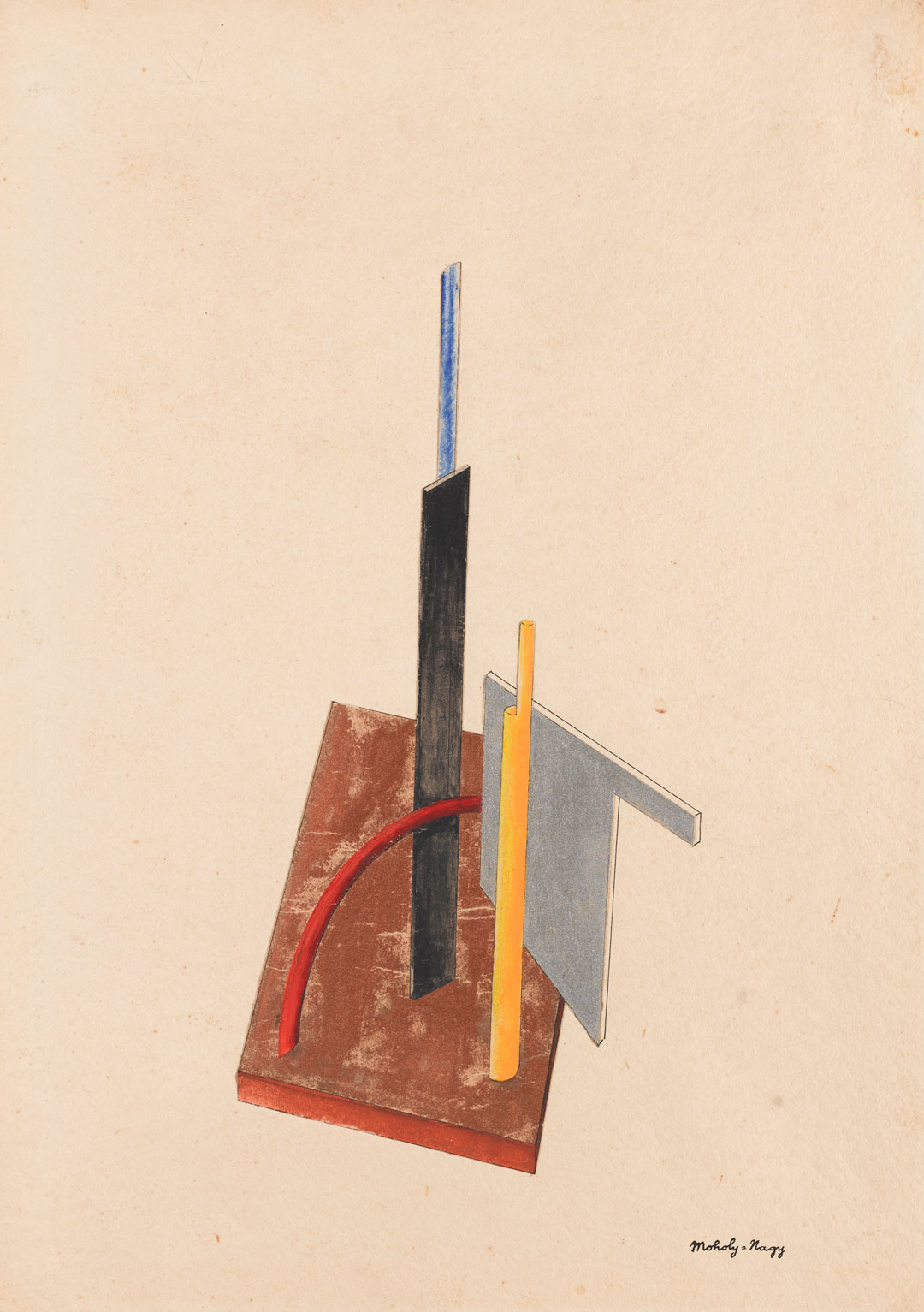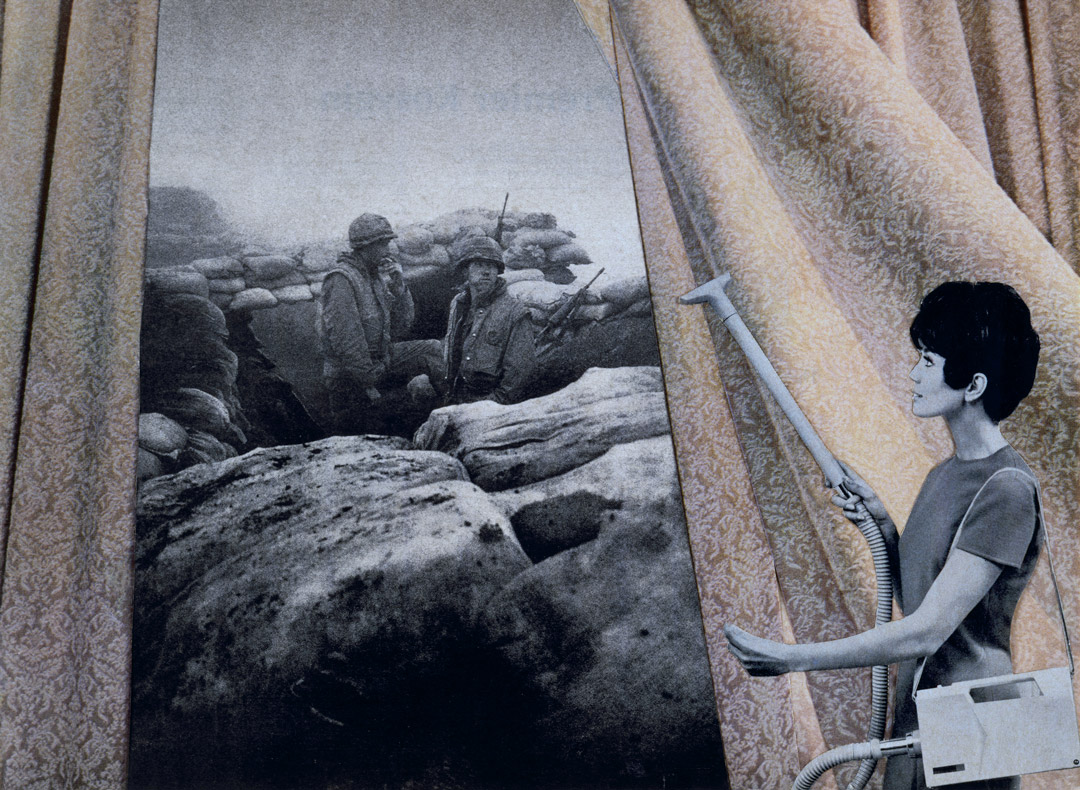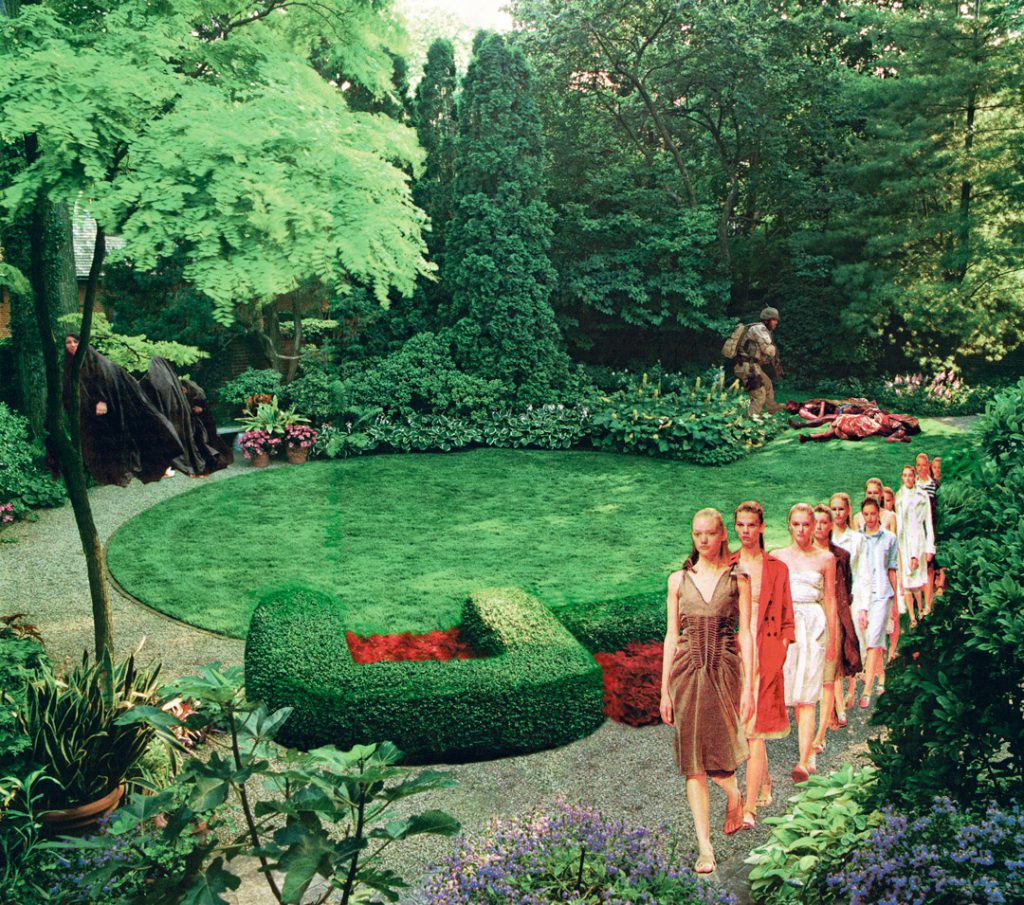Memory Map Smartphone Tour: Trade (Gifts for Trading Land with White People)
In Trade (Gifts for Trading Land with White People), images related to American colonization appear alongside newspaper headlines describing the dark reality of reservation life. Above, an array of cheap toys, souvenirs, and sports memorabilia—which speak to the commodification of Native American identity—are offered as gifts to white people in exchange for the return of stolen lands. Presented together, the large-scale mixed-media collage is illustrates the historical and contemporary inequities between the United States government and Native American communities.
Jaune Quick-to-See Smith created this work in 1992 as a response to the 500th anniversary of Christopher Columbus’ arrival in North America. Part of the series The Quincentenary Non-Celebration, the work is one of the earliest ‘trade canoes’ Smith developed across her career.
Tune in to the free smartphone tour of Jaune Quick-to-See Smith: Memory Map to hear contemporary Native American artist Jeffrey Gibson further explore the themes and significance of Smith’s trade canoe. All 19 stops of the exhibition’s are available via our SoundCloud or by scanning the QR codes next to select artworks on view. Memory Map closes Sunday, May 12—reserve your tickets to see it now at the Seattle Art Museum before it’s gone!
Trade (Gifts for Trading Land with White People), 1992
NARRATOR: This is one of Smith’s earliest “Trade Canoes.” From the beginning, she drew on the importance of canoes to Native peoples in order to make complex statements about their experience of American history.
JEFFREY GIBSON: I think for Indigenous people, it is mobility. It is the ability to be able to travel.
My name is Jeffrey Gibson. I’m an artist. I live in the Hudson Valley, and I’m a member of the Mississippi Band of Choctaw Indians and half Cherokee.
What’s interesting about this painting is we don’t know the direction. All the directions are removed. There is no front end of the canoe versus the back end of the canoe. It’s empty and it’s in a chaotic world that that version of the canoe doesn’t really make sense.
All of the kind of text and imagery that she’s put here are the things that have robbed us of knowing the Indigenous definition of a canoe. And I think putting the trash on the string above the painting, those are also just those images and those texts brought into object form, mass-produced all over the world, cheap and plentiful.
This painting of the canoe down below and all of the text and imagery that surrounds it speaks in the same way of this kind of difficult, challenging world for Indigenous people to find and navigate who they are as contemporary people, who they are as traditional people, who they are in relationship to their communities and their families. And then you hang this… I’m going to use the word trash, and I don’t mean that, but I mean it sort of like this very much throwaway culture…this kitsch and camp racist memorabilia hanging above it on the string. I think it’s sort of the audacity of this painting that makes it really successful.
– Lily Hansen, SAM Marketing Content Creator
Photo: Trade (Gifts for Trading Land with White People), 1992, Jaune Quick-to-See Smith, oil, paper, newspaper, and fabric on canvas with thirty-one found objects on a chain, four parts: 86 × 170 in. overall, Chrysler Museum of Art, Norfolk, Virginia; museum purchase in memory of Trinkett Clark, Curator of American and Contemporary Art, Fabricated by Andy Ambrose, © Jaune Quick-to-See Smith.

